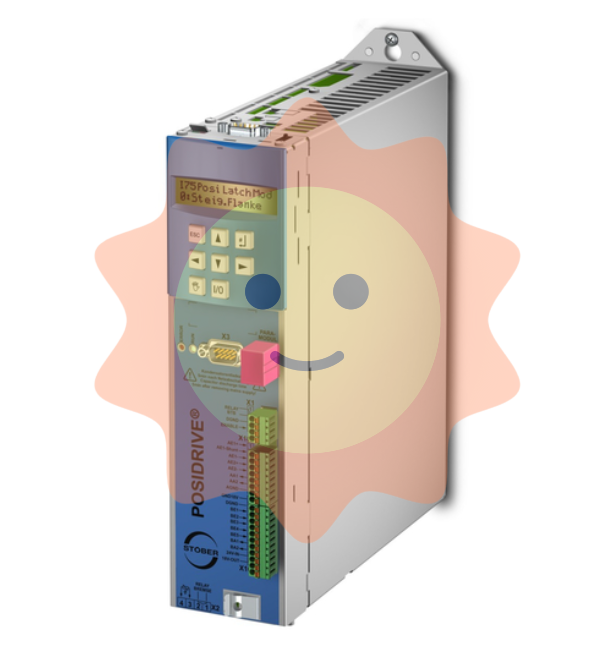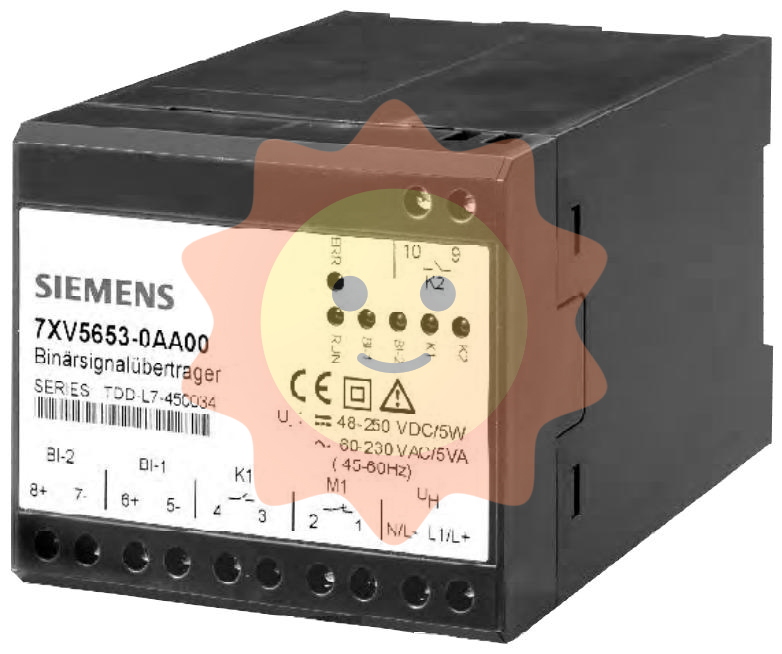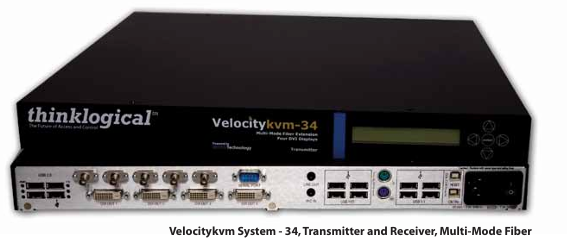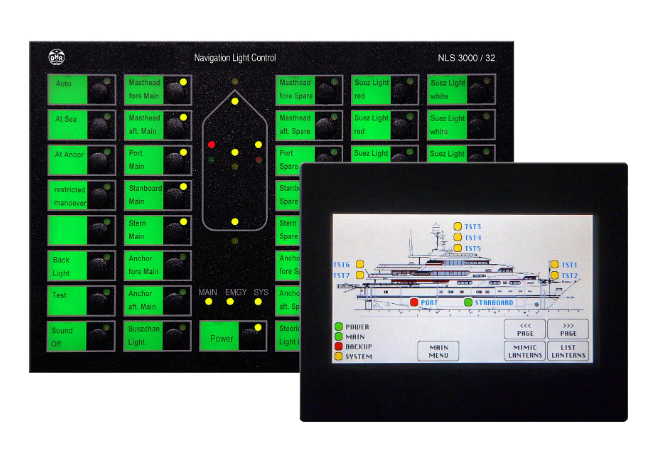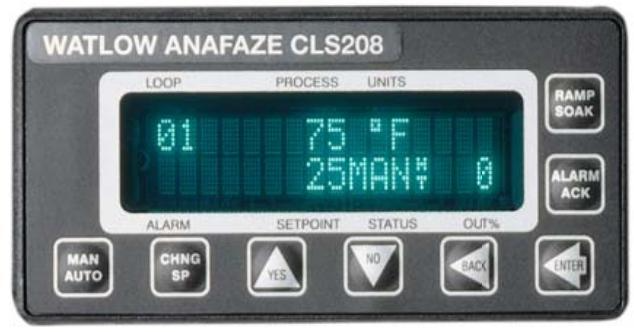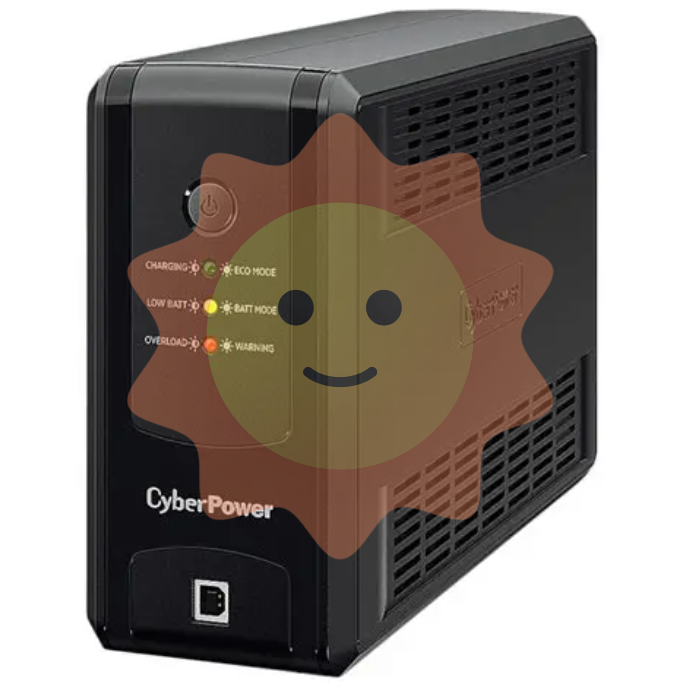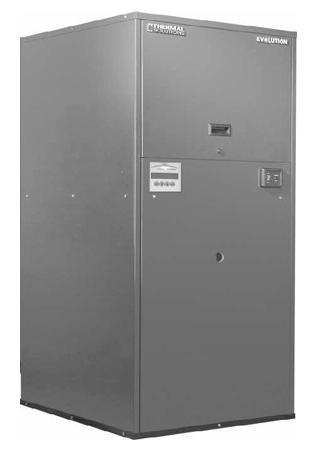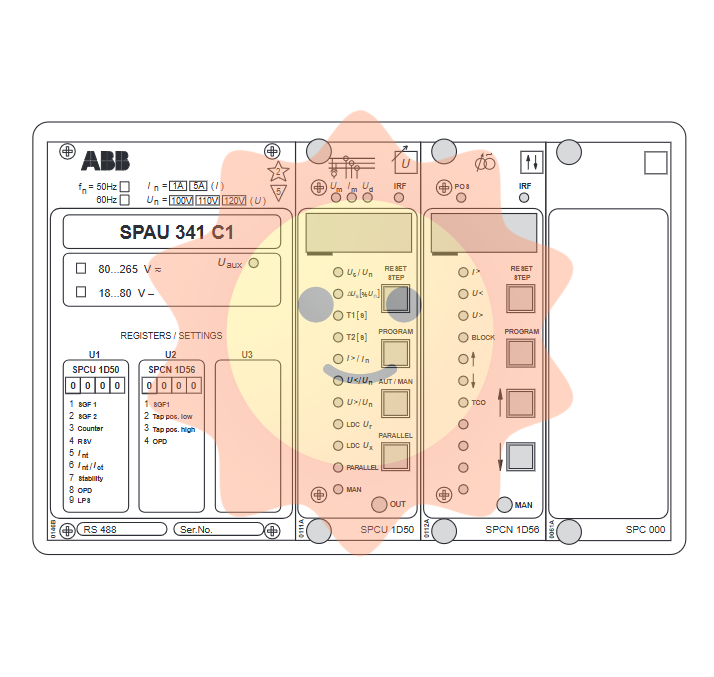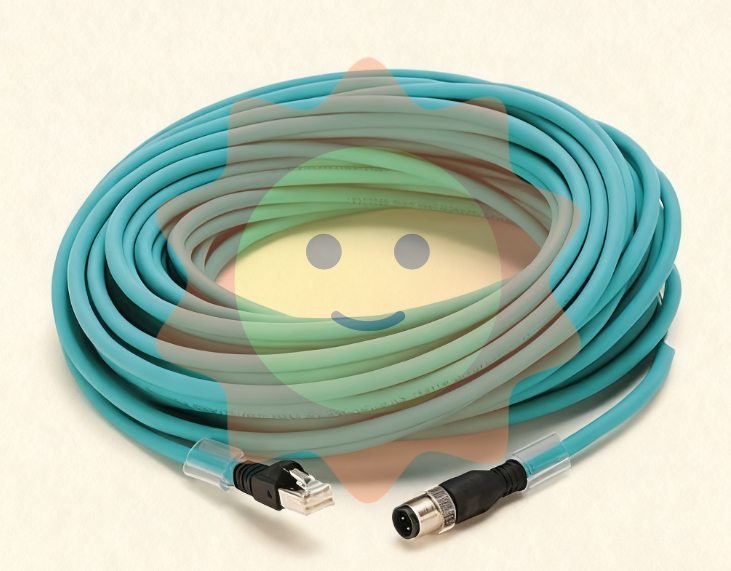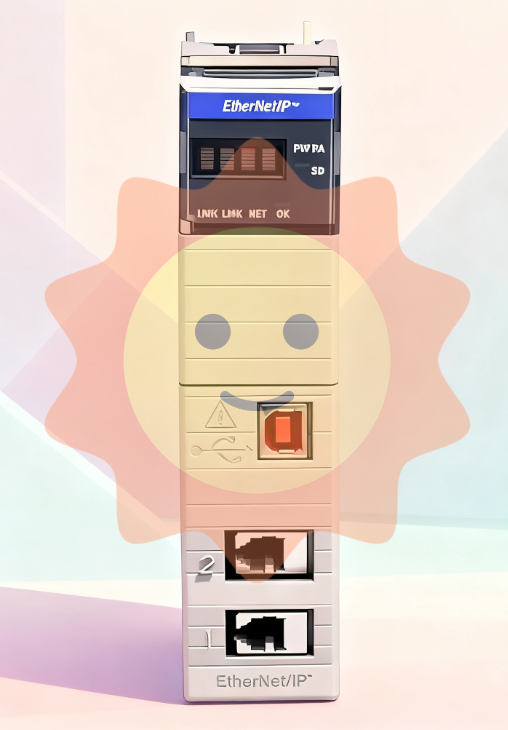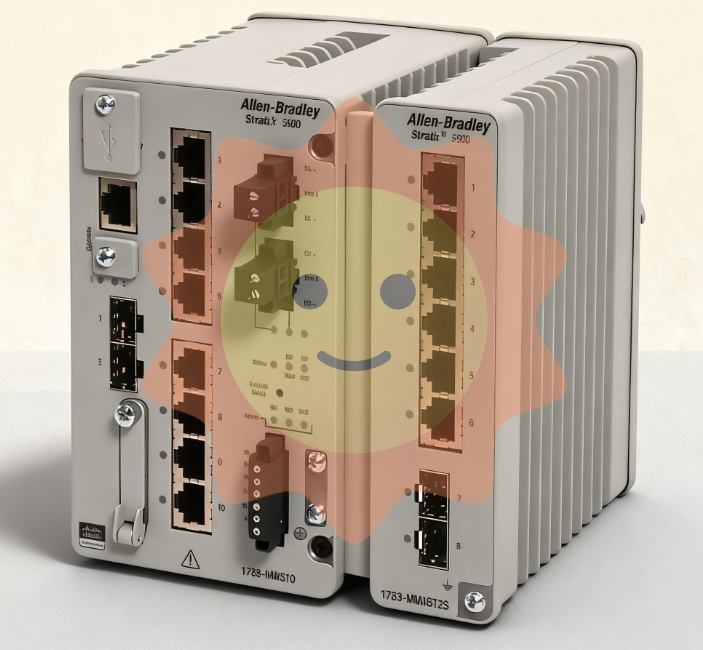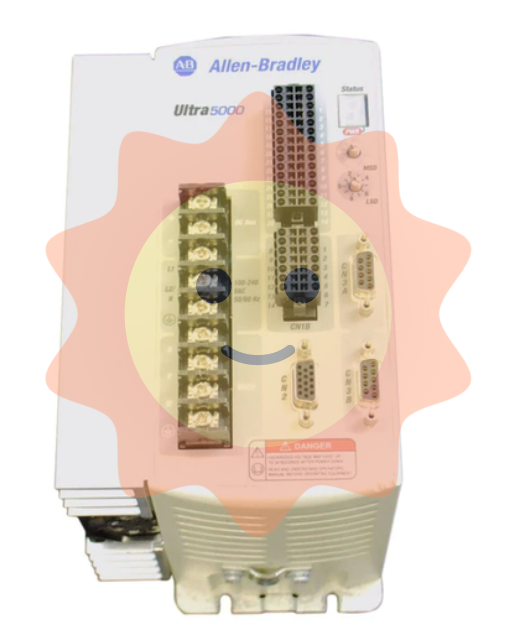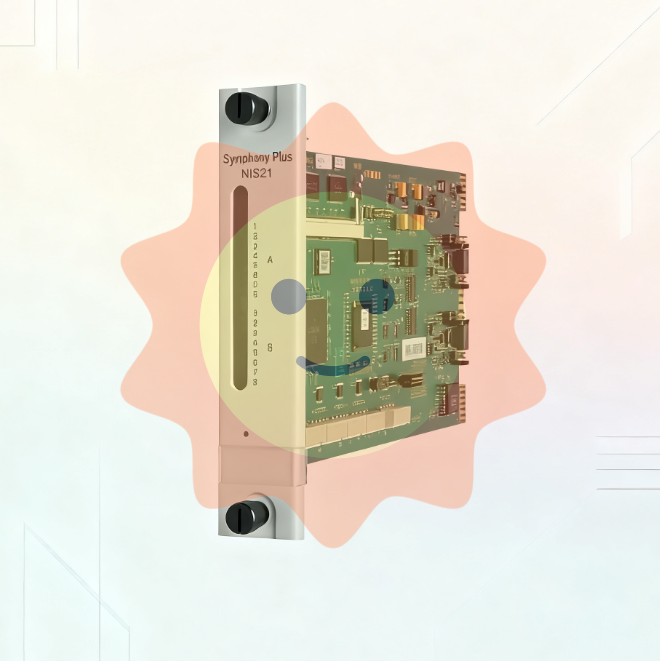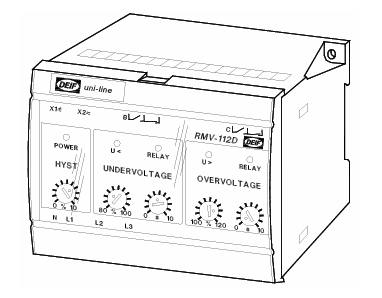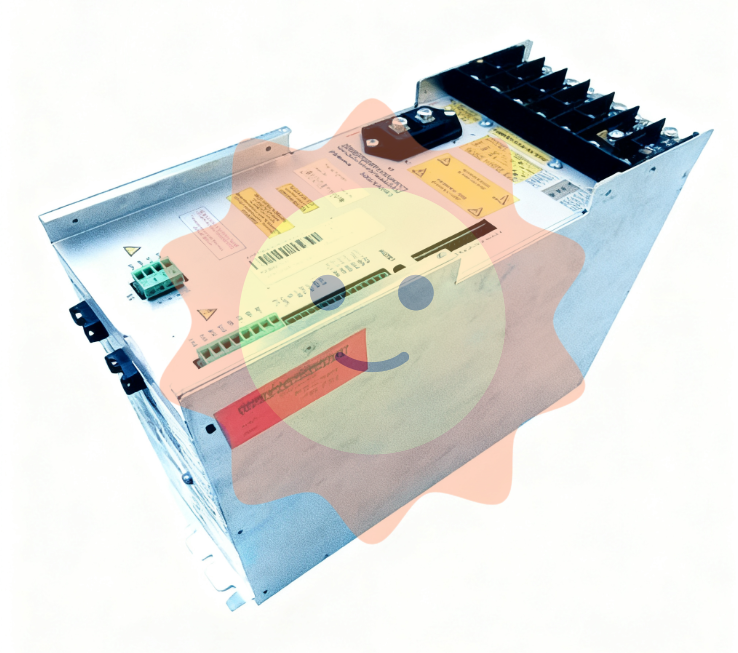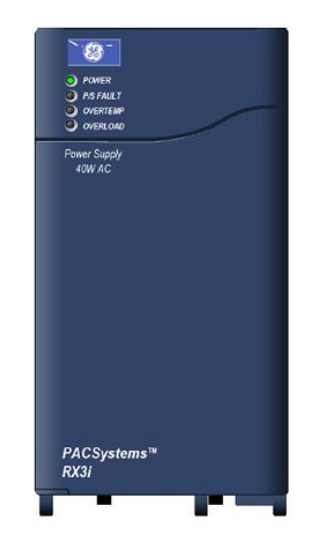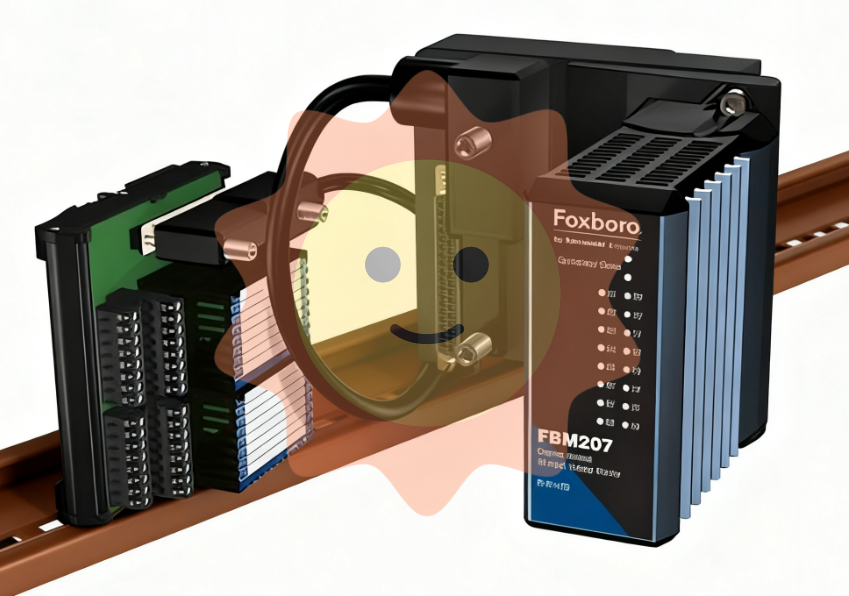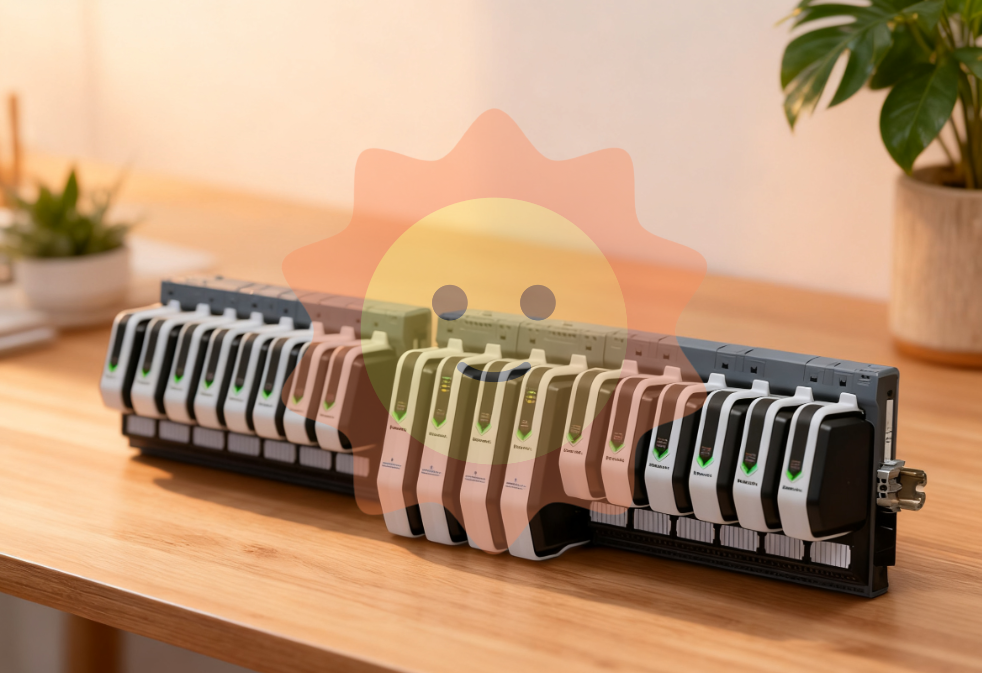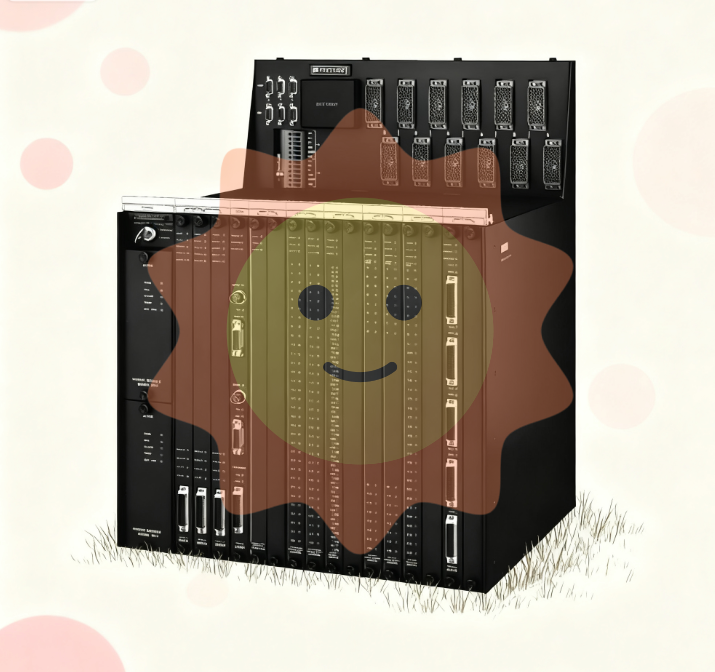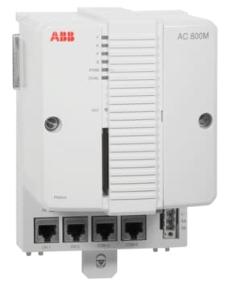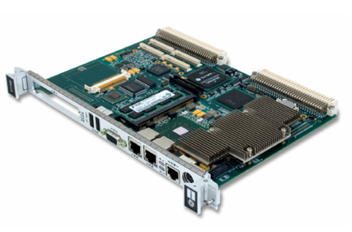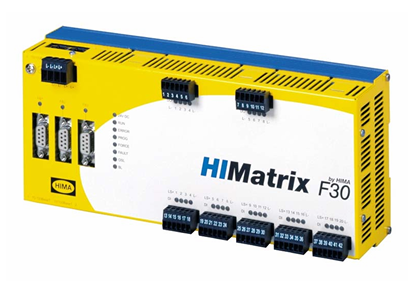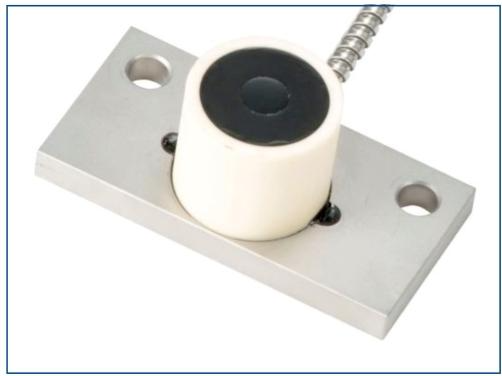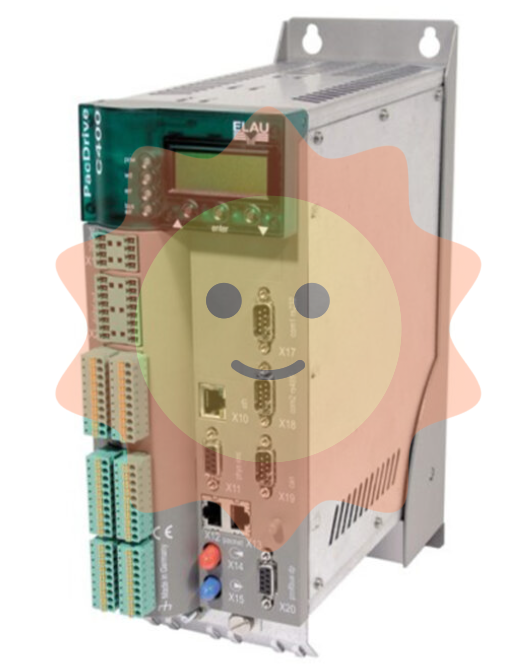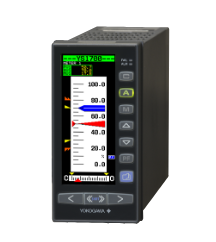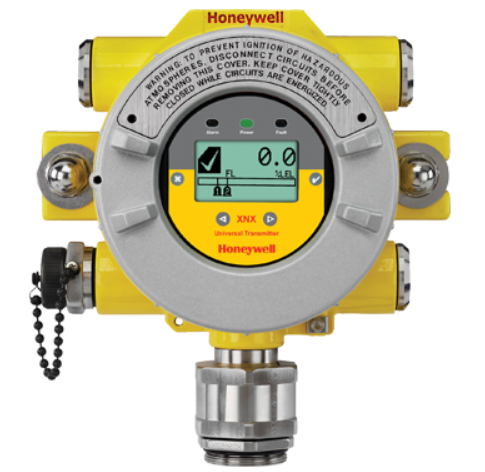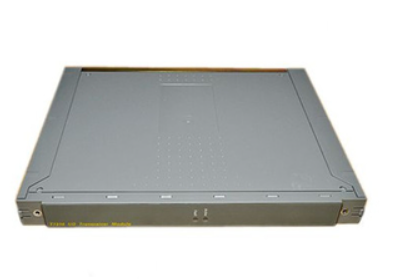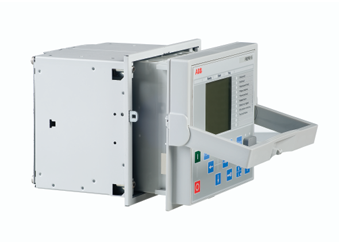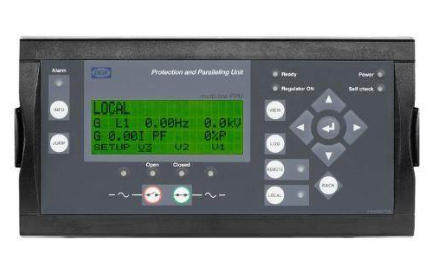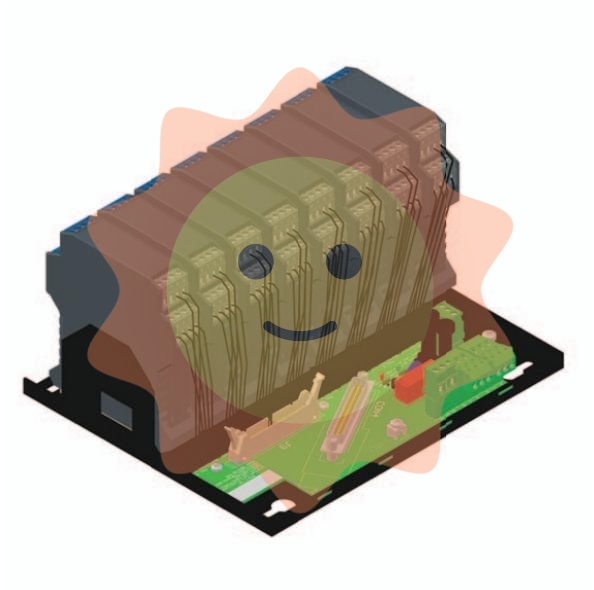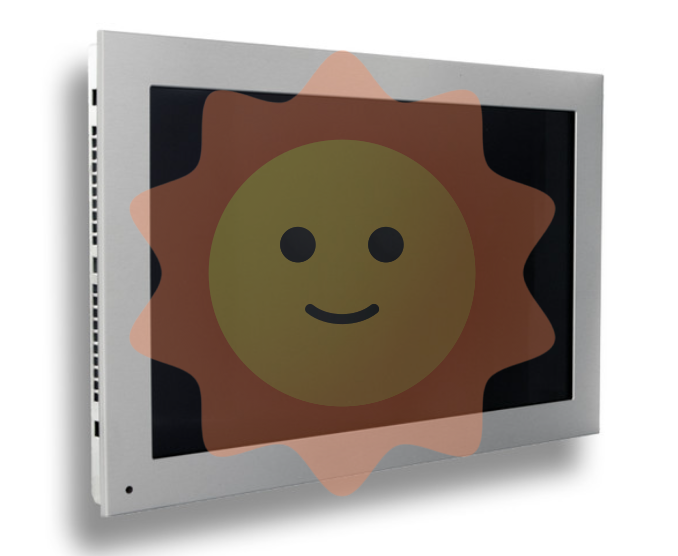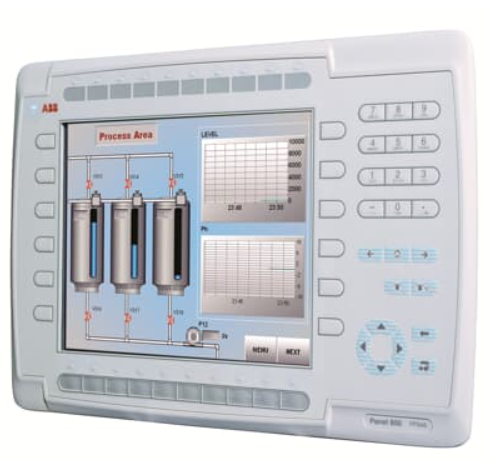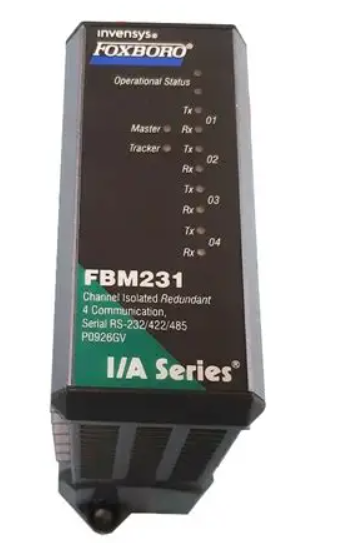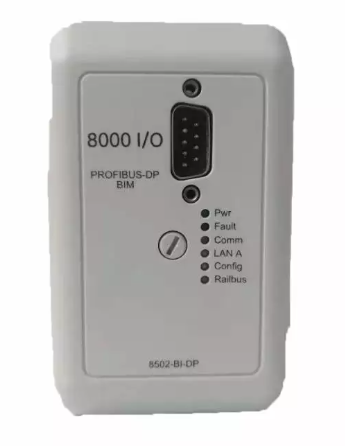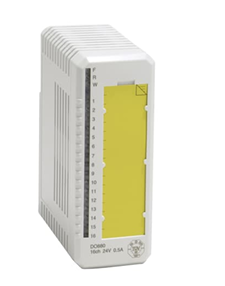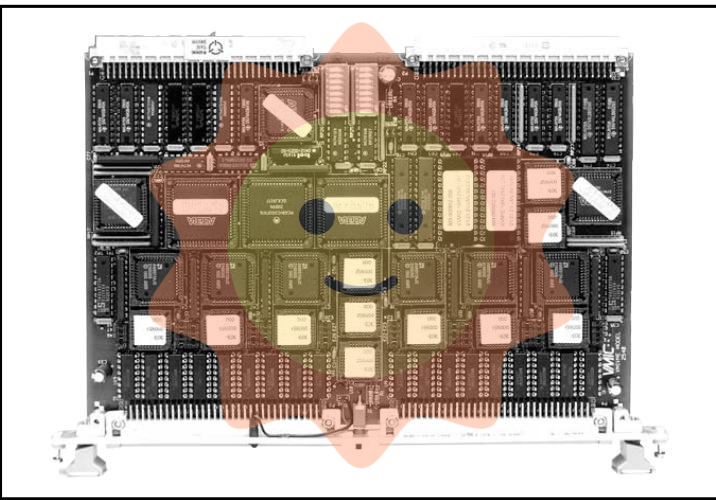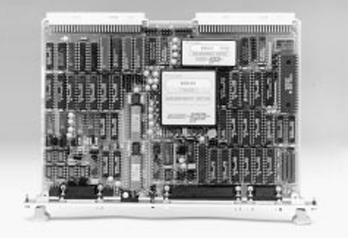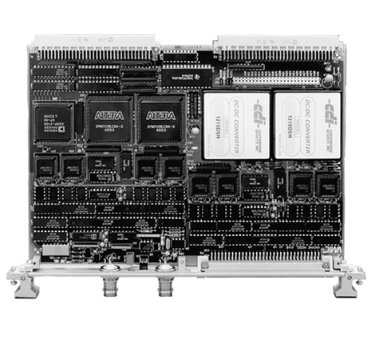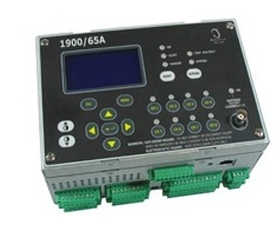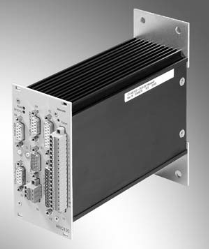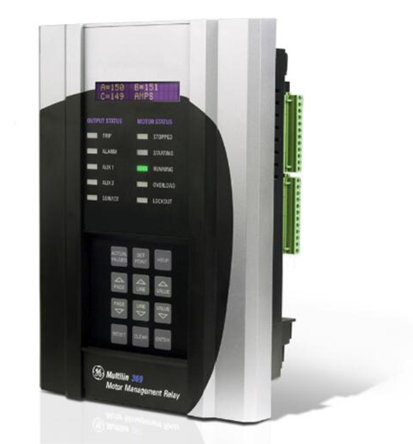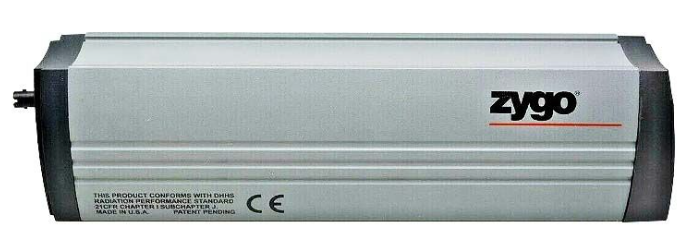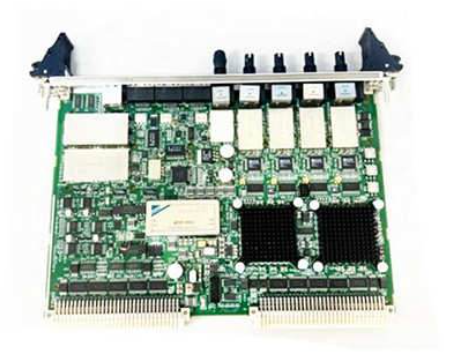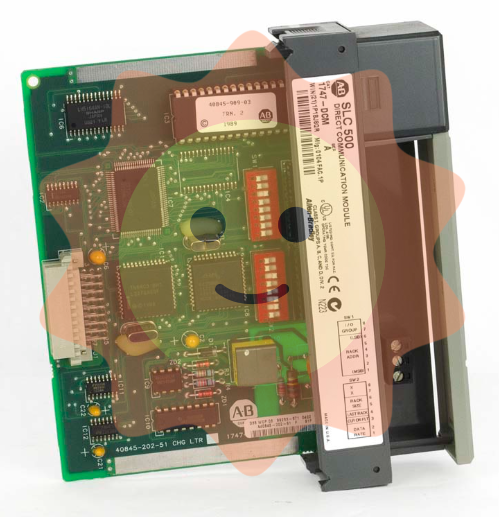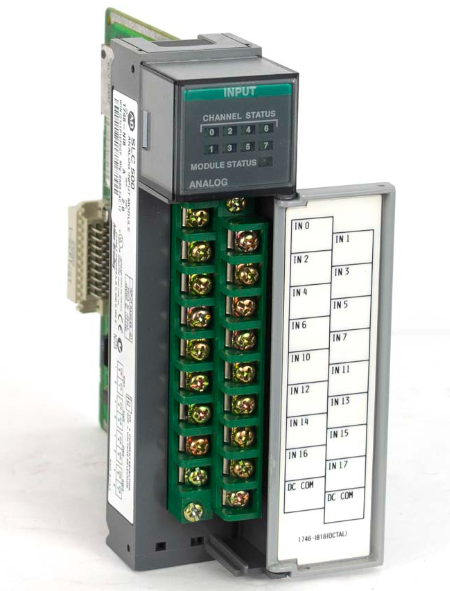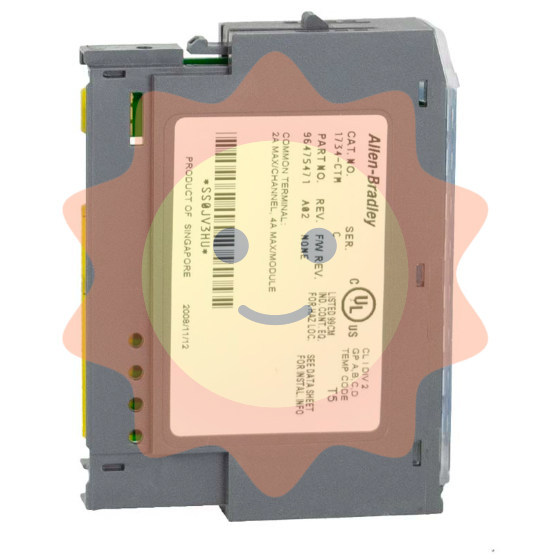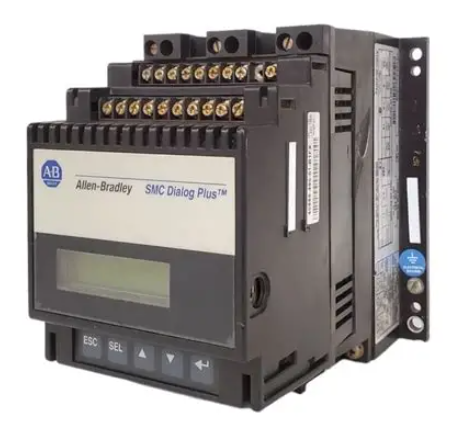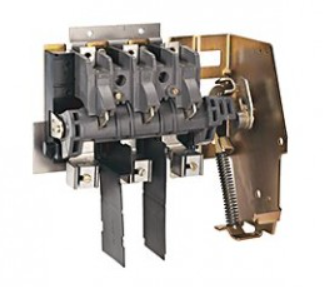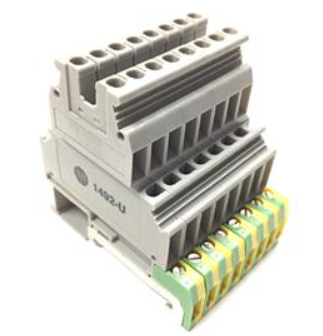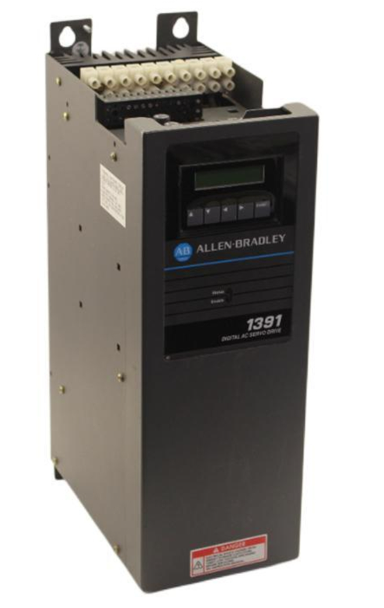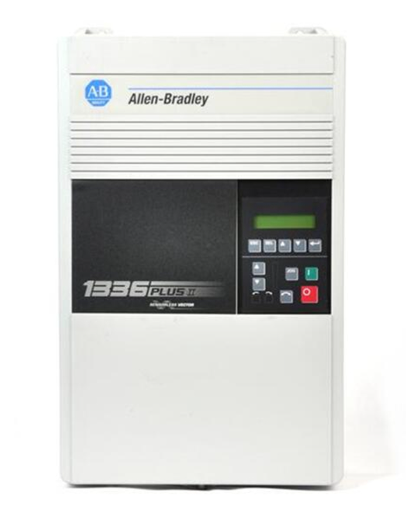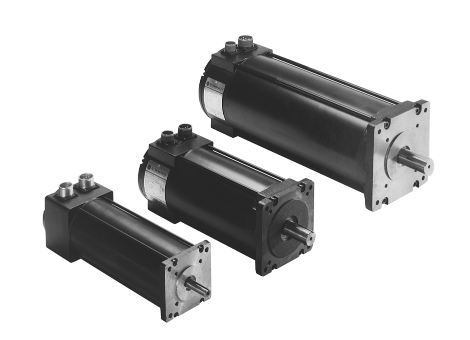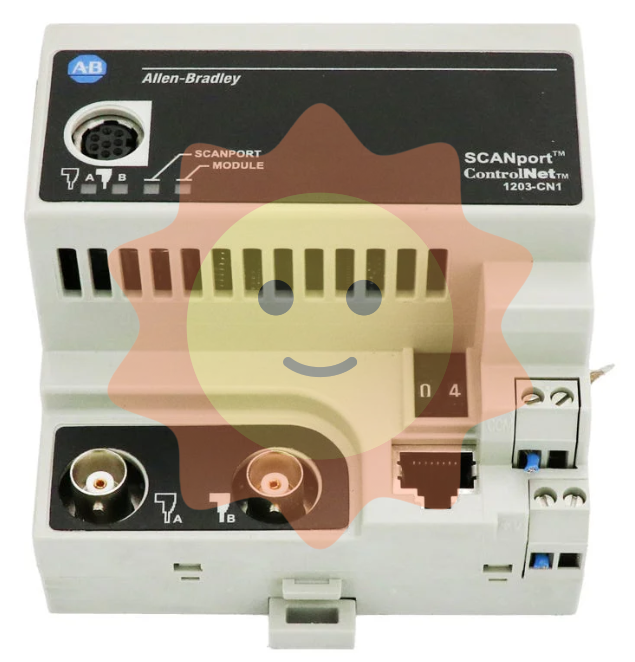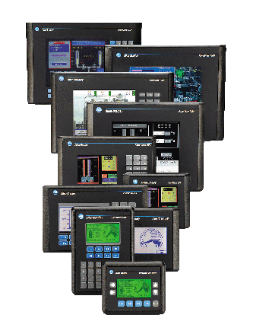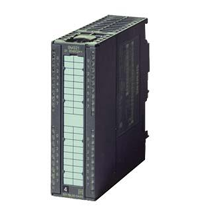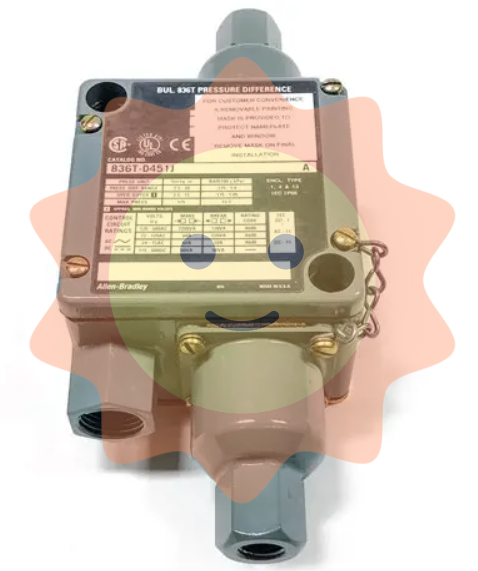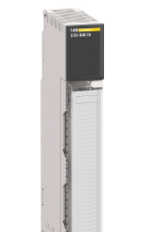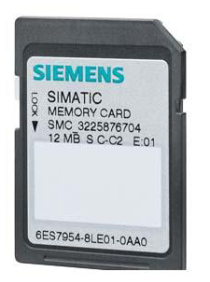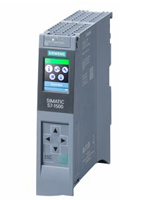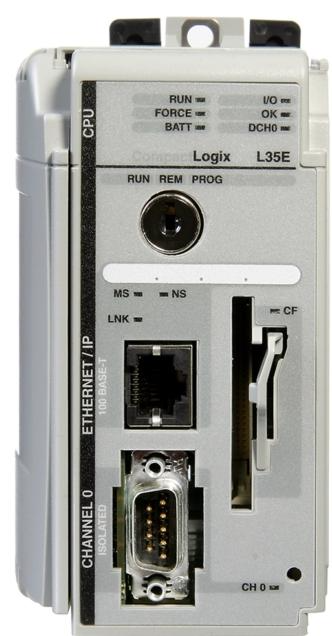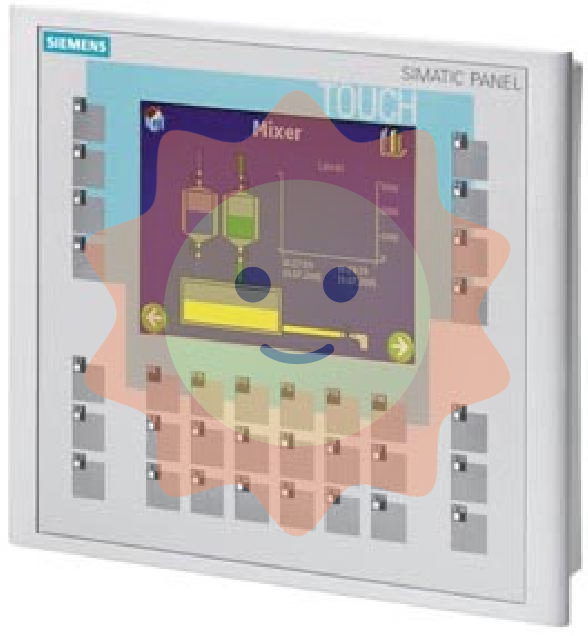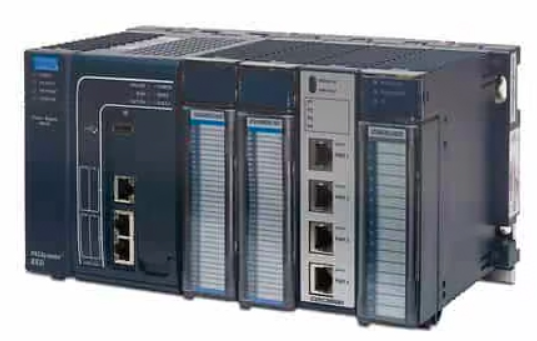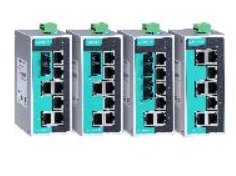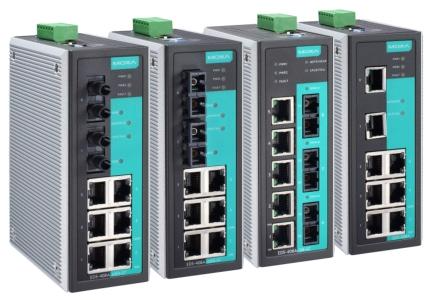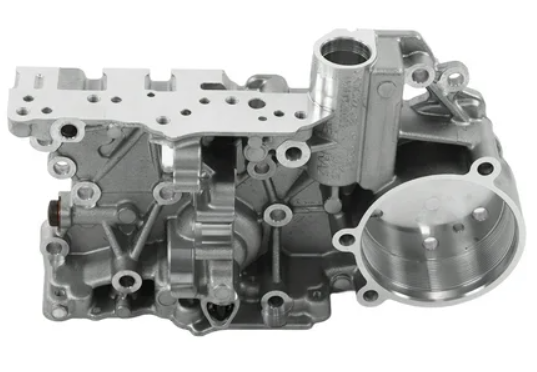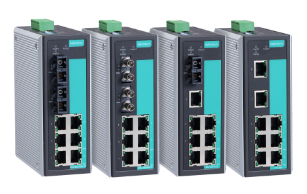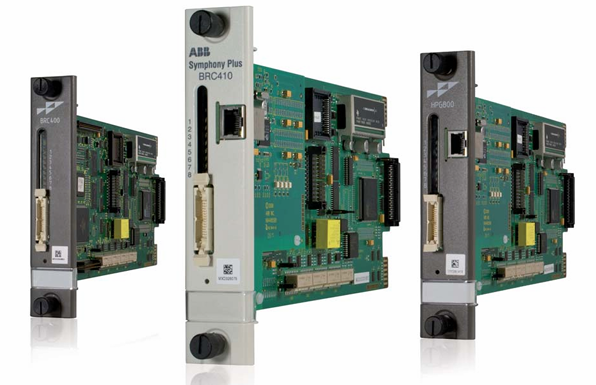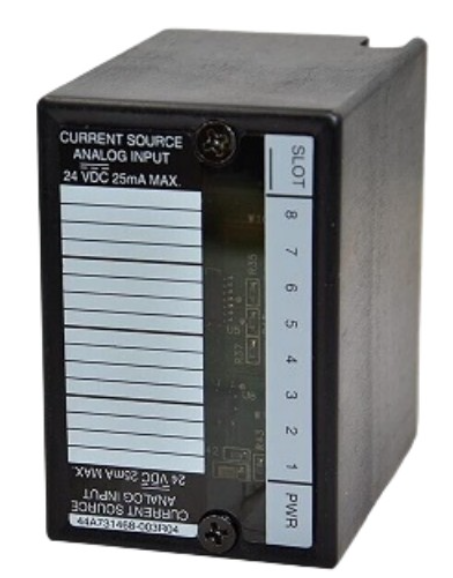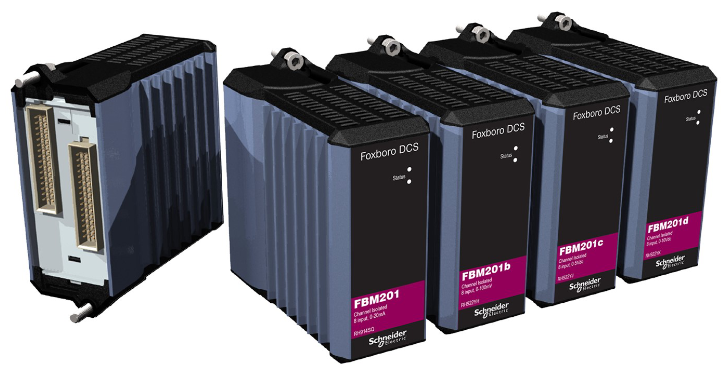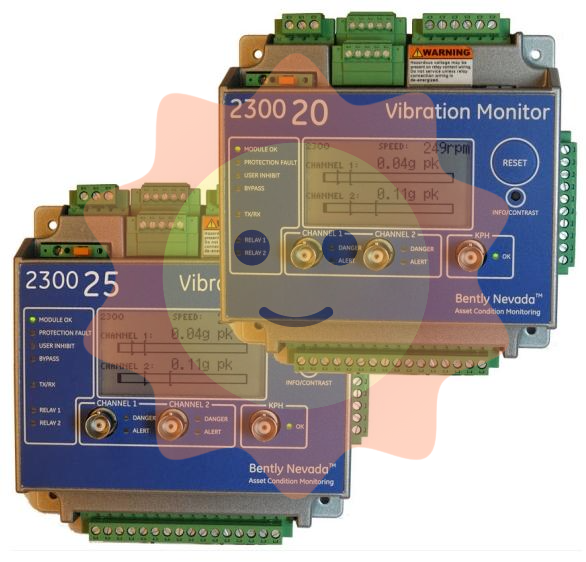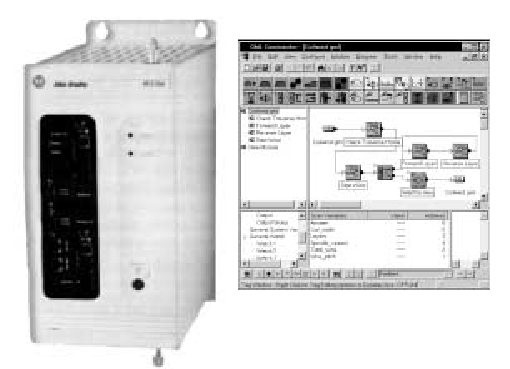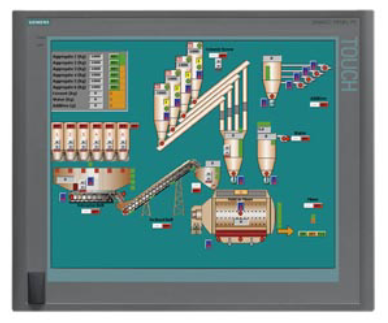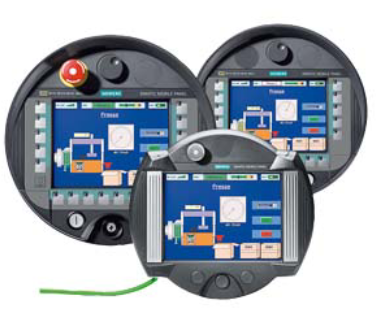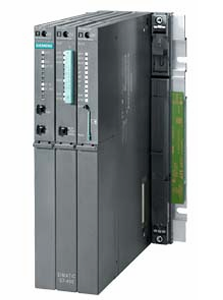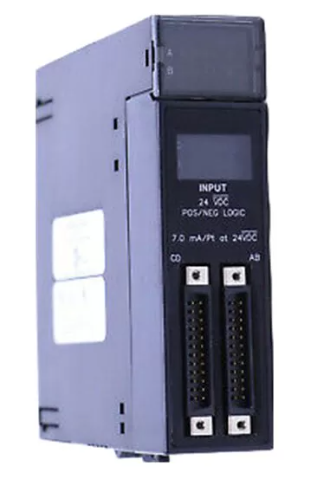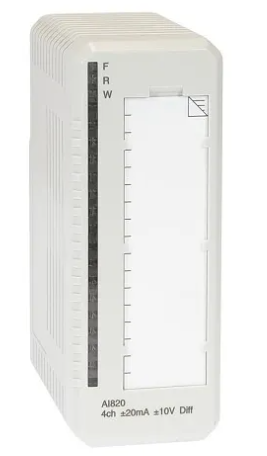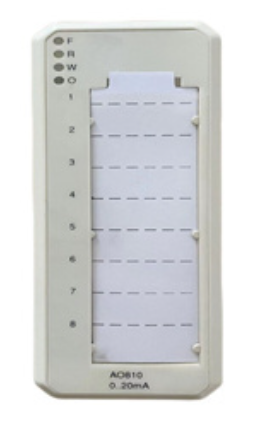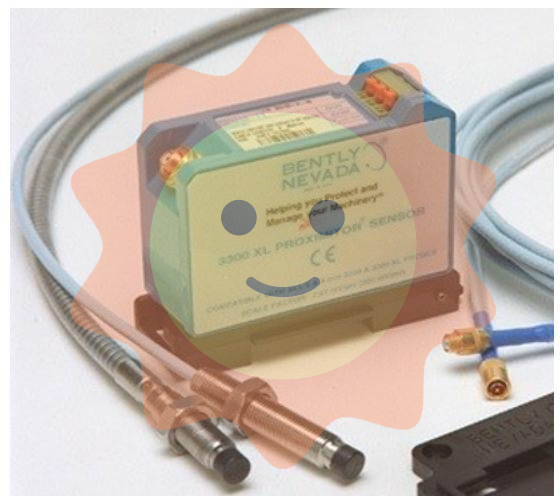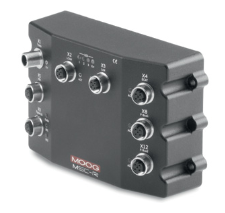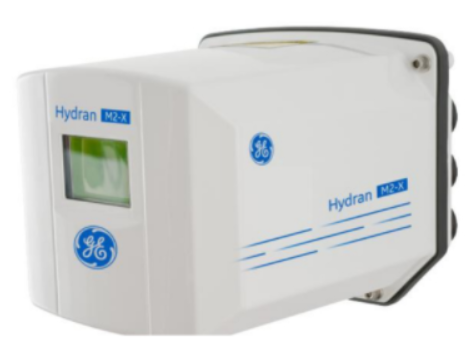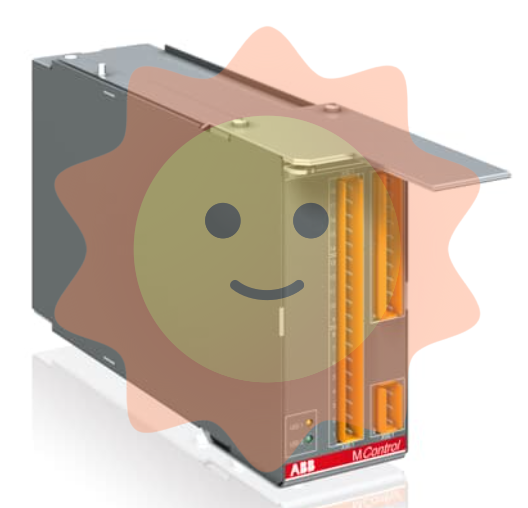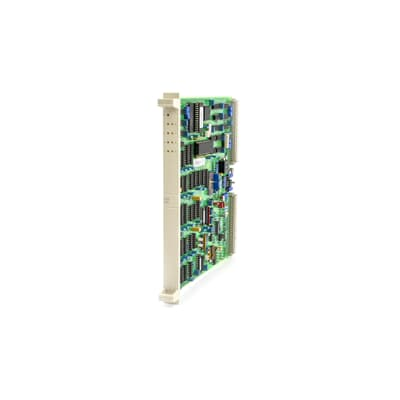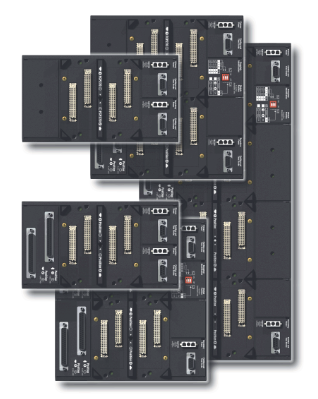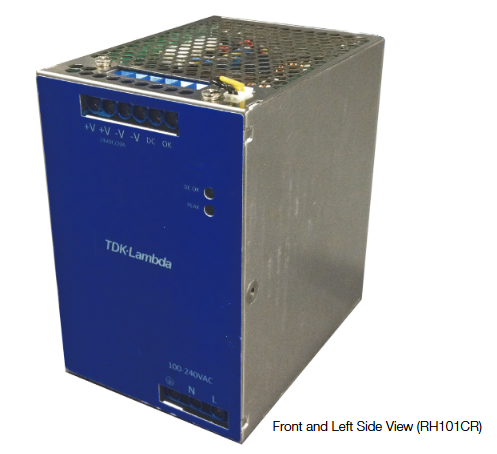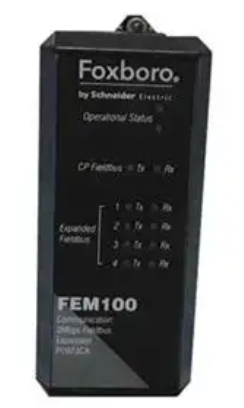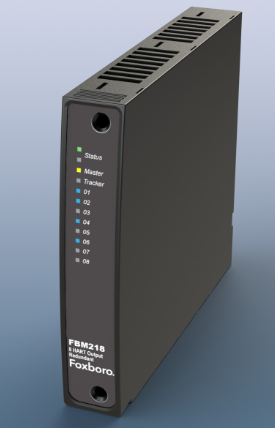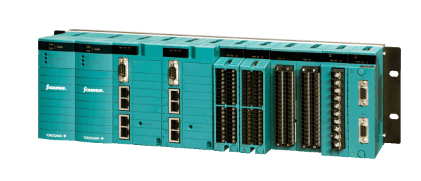NI SCXI-1300 Terminal Block
NI SCXI-1300 Terminal Block
Overview of the NI SCXI - 1300 Terminal Block
The NI SCXI - 1300 Terminal Block is a crucial component in the NI SCXI (Signal Conditioning eXtensions for Instrumentation) system. It serves as a connection point for various electrical signals, providing a convenient and organized way to interface with other modules and external devices.
Functionality and Purpose
Signal Connection and Routing
The primary function of the terminal block is to provide a means of connecting and routing electrical signals. It allows for the connection of wires from sensors, actuators, and other external devices to the SCXI system. For example, in a data - acquisition setup, it can be used to connect the output wires of temperature sensors, pressure sensors, or other analog or digital sensors to the appropriate input channels of other SCXI modules such as analog - input or digital - input modules.
It also enables the routing of signals between different SCXI modules. For instance, if you have a signal - conditioning module and a data - acquisition module, the terminal block can be used to connect the output of the signal - conditioning module to the input of the data - acquisition module, facilitating the smooth flow of signals through the system.
Signal Isolation and Protection
The terminal block can provide a certain level of signal isolation and protection. In some configurations, it may help in reducing electrical noise and interference that could affect the accuracy of the signals. It can also protect the connected devices and modules from short - circuits and over - voltages to some extent. For example, it may have built - in fuses or over - current protection mechanisms to safeguard against electrical faults.
Organization and Ease of Use
The SCXI - 1300 Terminal Block is designed to make the connection process more organized. It typically has a modular design with clearly labeled terminals, making it easier for users to identify and connect the correct wires. This is especially important in complex systems where multiple signals need to be connected and managed. The organized layout helps in reducing the likelihood of wiring errors and simplifies the maintenance and troubleshooting processes.
Technical Specifications
Terminal Types and Configurations
The terminal block usually comes with a specific type of terminals such as screw - type terminals or spring - loaded terminals. Screw - type terminals provide a secure connection and are suitable for applications where the wires need to be firmly attached. Spring - loaded terminals, on the other hand, offer a quicker and easier connection method, especially for frequent connection and disconnection of wires. The number of terminals and their configuration (e.g., the number of rows and columns) can vary depending on the specific model and application requirements.
Voltage and Current Ratings
It has defined voltage and current ratings that determine the maximum values of voltage and current that the terminal block can handle safely. These ratings are important to ensure that the terminal block can support the connected devices and signals without overheating or causing electrical damage. For example, it might have a voltage rating of up to 300V AC/DC and a current rating of a few amperes (e.g., 5A) per terminal.
Compatibility with Other SCXI Modules
The terminal block is designed to be compatible with other SCXI modules. It has the appropriate connectors and mechanical and electrical interfaces to fit seamlessly into the SCXI system. This ensures that signals can be easily transferred between the terminal block and other modules such as signal - conditioning, digital - control, or data - acquisition modules.
Applications
Data - Acquisition Systems
In a laboratory or industrial data - acquisition system, the SCXI - 1300 Terminal Block is used to connect the sensors to the data - acquisition hardware. For example, in a climate - monitoring system, it can connect temperature, humidity, and air - pressure sensors to the appropriate channels of a data - acquisition module. This allows for the collection of accurate environmental data.
Industrial Automation and Control
In an industrial automation setup, it can be used to connect actuators and sensors to the control system. For example, it can connect the wires from a motor - driven actuator and the associated limit - switches to the control system, enabling the proper operation and monitoring of the automated process.
Test and Measurement Setups
In a test and measurement environment, the terminal block is used to connect the test equipment and the devices under test. For example, in an electronics - testing bench, it can connect the output of a power supply to the input of a circuit - under - test and also connect the output of the circuit to various measurement instruments such as multimeters and oscilloscopes.

- User name Member Level Quantity Specification Purchase Date
- Satisfaction :
-









Email:wang@kongjiangauto.com









